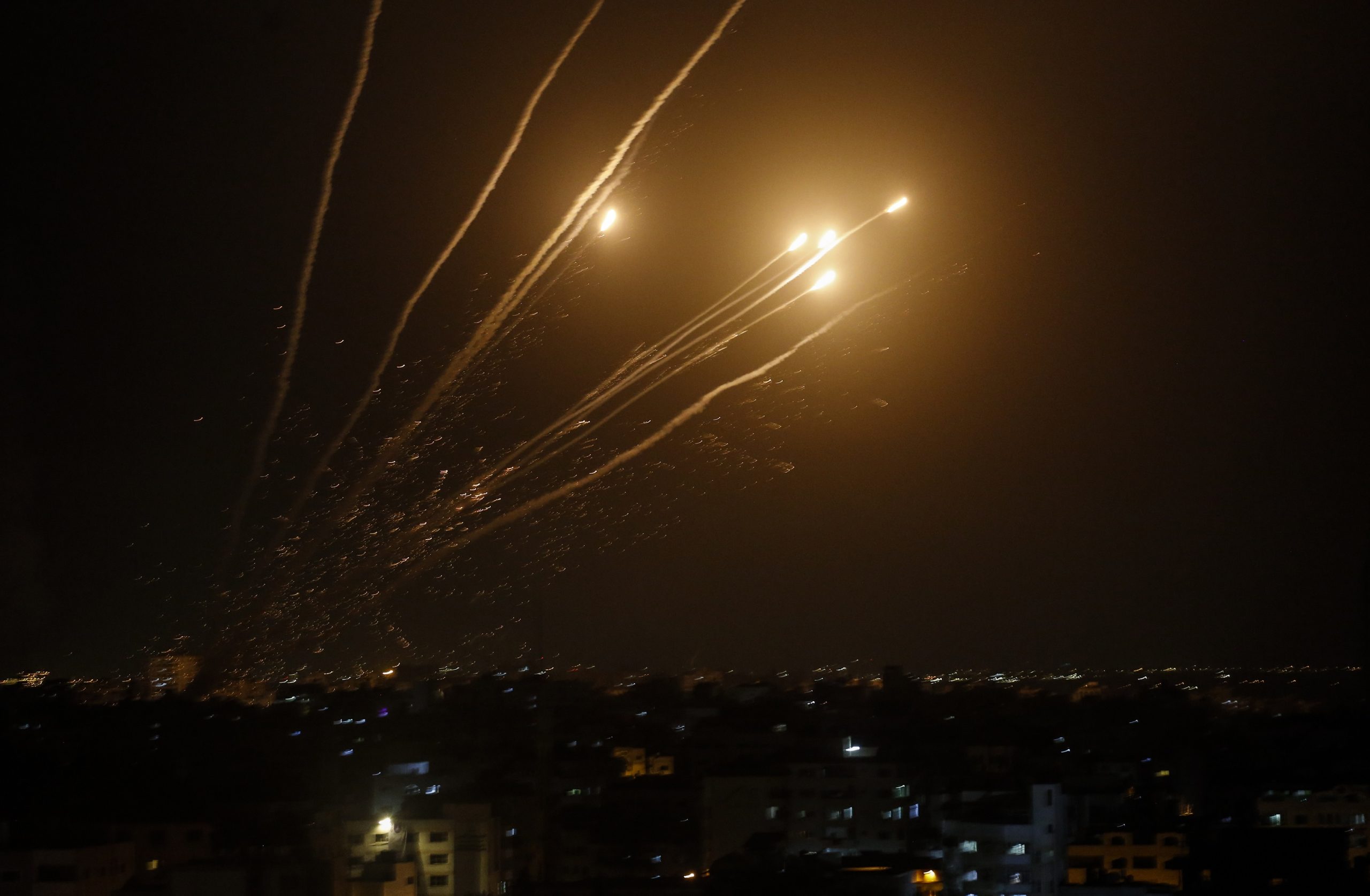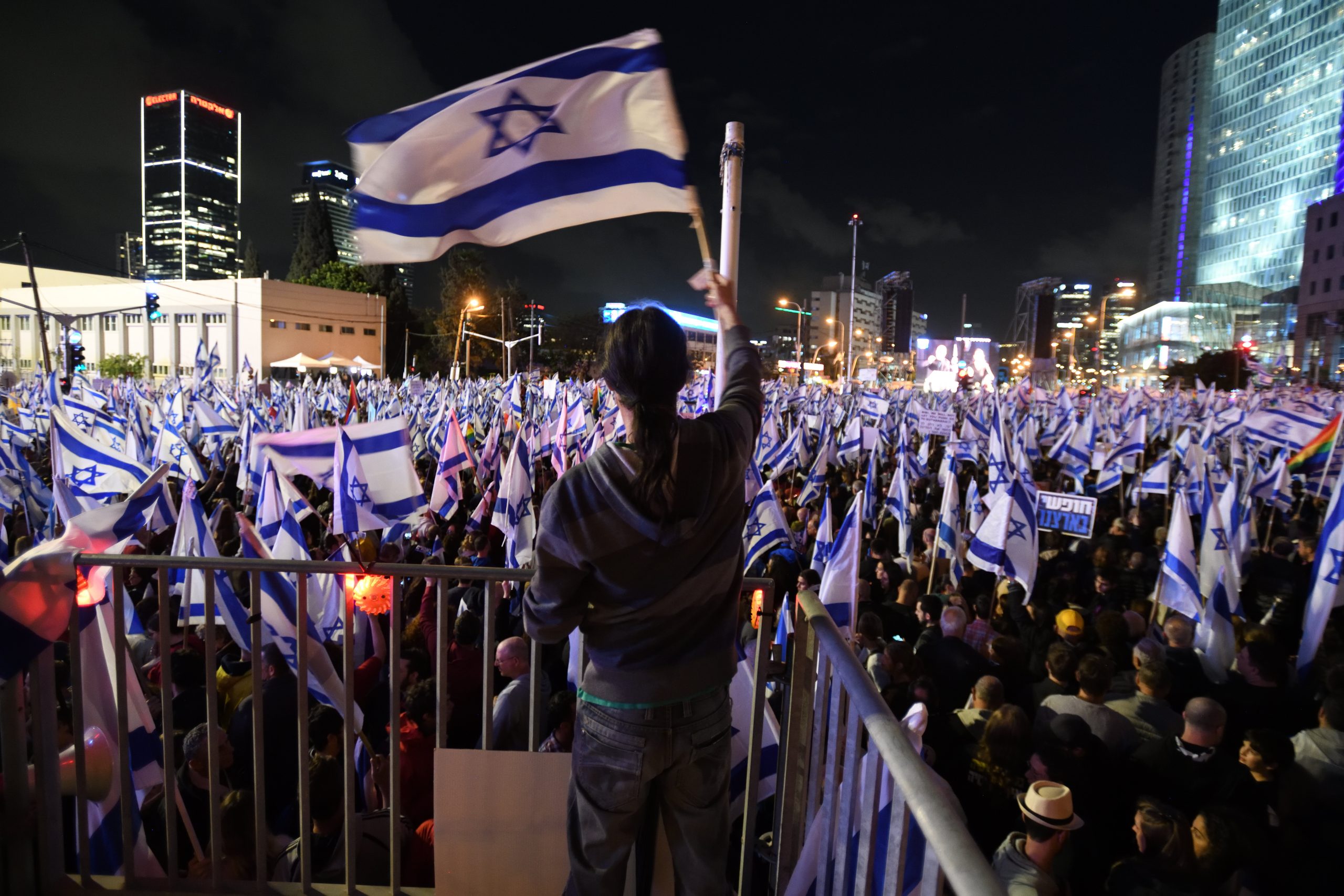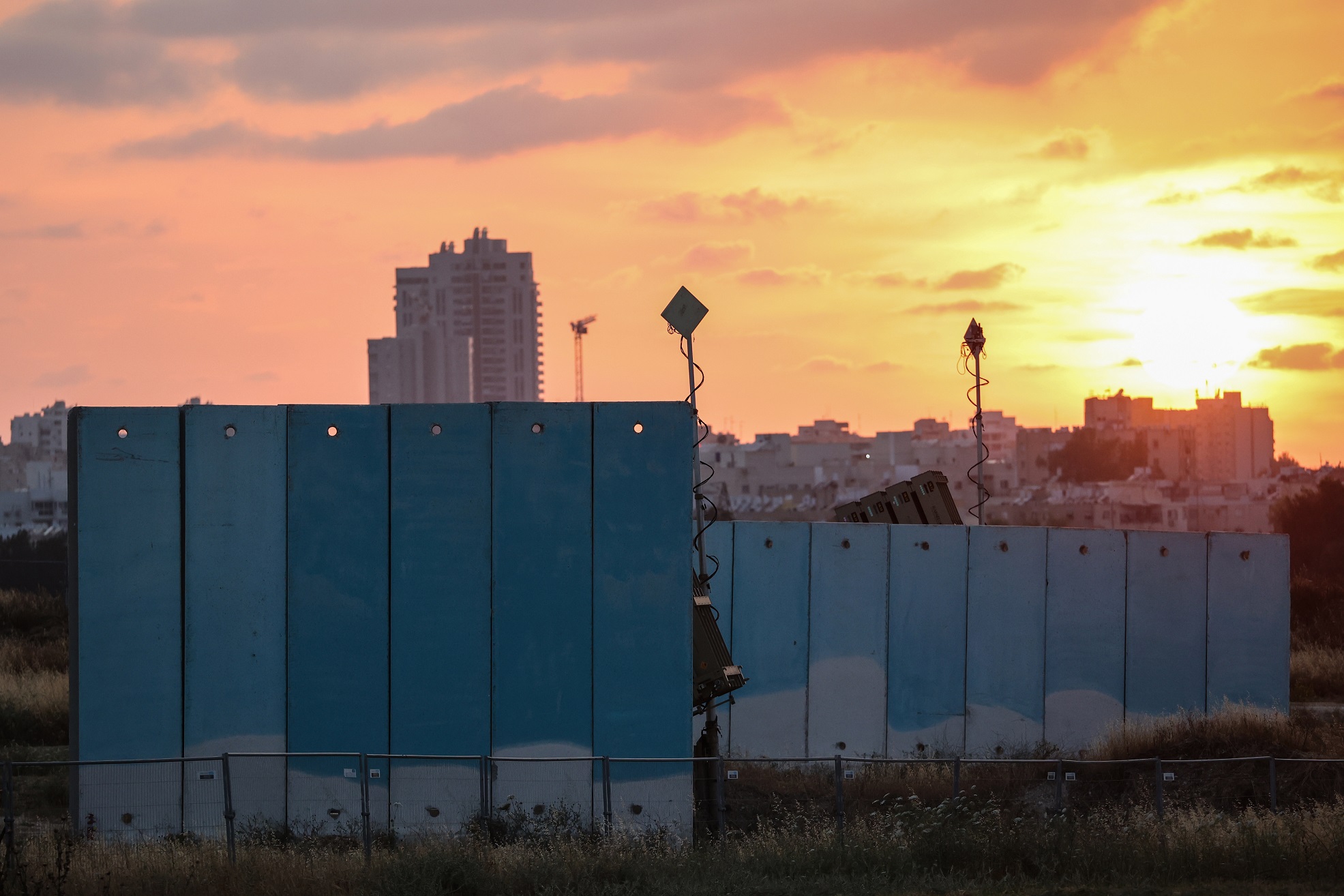Publications
INSS Insight No. 1733, June 11, 2023
Israel’s home front functioned well during Operation Shield and Arrow, the recent short round of fighting against Palestinian Islamic Jihad (PIJ). There was no evidence of the impaired national consensus and undermined societal solidarity of recent months sparked by the political-social crisis, which raised questions about national security issues, including mandatory service in the IDF and the commitment to serve. The return to routine following the operation was swift. Overall, the limited round of fighting did not severely challenge Israel’s home front, even though routine life was disrupted in some parts of the country. There are, however, limited implications about the home front’s performance in any future conflict with Hamas and/or Hezbollah, which is likely to present a significantly graver challenge to Israel’s defensive capacities and the civilian front’s resilience. Any future convergence of the ongoing political-social crisis with a broader security challenge – possibly by a multifront attack – might have harsher and more tangible ramifications for national resilience, which is vital to the successful management of major crises.
Israel’s civilian front during Operation Shield and Arrow should be examined from three intertwined perspectives: the home front’s conduct in the face of Palestinian Islamic Jihad (PIJ) attacks and the possible implications for potential future conflicts; the level of Israeli societal resilience in the last round of fighting; and Israeli resilience in the broader context of the political-social crisis that erupted following the government’s judicial overhaul initiative announced last January.
First, the civilian home front mechanisms in Israel functioned reasonably well during the recent round of fighting. The gradual development of the clashes gave the public advance warning of the upcoming rounds of rocket attacks and created awareness of an emergency situation. However, the civilian front’s basic capacity to deal with the threat stemmed primarily from the huge gap between Israel’s offensive and defensive capabilities and PIJ’s strategic and tactical weakness – certainly when compared to Hezbollah or Hamas. This gap will be narrowed significantly in the context of a broader or multifront conflict, which will necessarily pose a much greater challenge to the defense capabilities and mechanisms that Israel has developed in recent years to deal successfully with such a conflict. The successful conduct against PIJ was evident in the military-offensive sphere, which enabled the IDF to inflict severe damage on the radical terrorist organization, severely impinging on its ability to pose a serious threat to Israel. It was likewise reflected in the air defense context (notwithstanding a technical malfunction in the Iron Dome missile defense system, which led to the death of an Israeli civilian in Rehovot). The Home Front Command also functioned well with its advanced differential early warning systems, the ongoing instructions to the public, and the collaboration with the civilian first response organs. Thus, in the face of limited rocket attacks, Israel’s existing operative response capabilities are reasonable, even if not hermetic and absolute.
This by itself is an important and welcome accomplishment, attested to by the low number of Israeli causalities (two fatalities, 32 injured, and 45 suffering from trauma). Having said that, these military achievements say nothing about the grave state of the relationship between Israel and Gaza, or about what could happen in a future conflict if it is broader, or conducted on several fronts and involves stronger terrorist groups such as Hezbollah in Lebanon and Hamas in Gaza. Such a broad conflict would pose a much greater threat. It is unclear whether Israel’s defensive performance would be as effective as it was during the recent confrontation with the radical, small, and relatively weak PIJ.

An example of this potential gulf is the uneven bomb sheltering across the country, particularly on the northern front. The situation in this vital sphere is inadequate. The implementation of a multi-year plan to fortify communities in the north, which was decided upon already in 2018, has been postponed several times. Only recently has work begun to gradually construct new shelters in a small number of communities adjacent to the Lebanon border. Dependable bomb shelters are a precondition for the civilian front to deal successfully with a high trajectory security emergency and for the overall resilience of the civilian population.
Another example pertains to the sensitive domain of self and organized evacuation of civilians from areas exposed to massive rocket fire. The issue of mass evacuation was first discussed during the Second Lebanon War (2006), when one third of the residents of northern Israel evacuated themselves, without proper government assistance. Thus far, the Israeli government has refrained from offering a systemic response to such a challenge, be it a widespread security event or a severe earthquake. The limited program that was offered this time, “Mashav Ruach” (Breeze), which allowed individuals and groups from communities adjacent to Gaza to relocate voluntarily and temporarily, at the state’s expense, for a few days of “rest and refreshing,” is far from constituting a systemic response to a widespread disaster scenario. What is needed here are national awareness, the formulation and funding of a national plan, and detailed logistical planning and practice.
Shield and Arrow’s success in dealing with the small and weak PIJ, while the much stronger Hamas stayed on the sidelines, might create within the Israeli public dangerous complacency regarding Israel’s ability to handle future high trajectory threats. Experience teaches that the efficacy in handling a certain threat is not necessarily valid against a different threat scenario. Such public complacency might negatively influence the political leadership’s commitment to invest the necessary resources for defending the civilian front and bolstering societal resilience.

According to the professional literature, a high level of societal resilience is reflected in the ability of communities and society as a whole to deal successfully with severe disruptions, flexibly contain them, ensure functional continuity, bounce back rapidly, and then bounce forward to higher levels of systemic functionality. Israeli society’s performance during Operation Shield and Arrow should be evaluated from two parallel perspectives: the recent round itself as another link in an ongoing chain of similar clashes in terms of its characteristics and outcomes; and the broader national context of Israeli society’s resilience at this time of upheaval and unprecedented crisis over the judicial overhaul.
Regarding societal resilience during the recent round of fighting, overall the Israeli public acted in a responsible manner. Israelis mostly obeyed the instructions of the Home Front Command while continuing their daily routine, subject to changing threats in different regions. Occasionally, several municipalities in the center of the country called for stricter limitations on the routine than those required by the Home Front Command. The emergency routine practiced in most locations across Israel demonstrated a flexible model of adaption, which is one of the components of resilience in practice.
Generally speaking, the public – as well as the main opposition parties -- supported the government’s policy vis-a-via the enemy and the IDF’s campaign in Gaza. Some groups spearheading the protest against the judicial overhaul called for restraint and for a brief pause in the demonstrations during the fighting, expressing solidarity with the attacked residents of the expanded Gaza envelope. These calls validated the common assumption that during emergencies and external security threats (especially when Israel is not the obvious instigator of the confrontation), Israelis rally around the flag.
The recent confrontation took place during a severe, turbulent domestic crisis, which, inter alia, exposed a breach in societal solidarity and extreme polarization. The few public expressions of solidarity during Operation Shield and Arrow were primarily external to the domestic crisis and focused on justifying Israel’s policy toward PIJ. It is too early to discern to what extent and how the juxtaposition of the recent round of fighting with the socio-political crisis impacted Israel’s overall national resilience.
In the context of the current domestic crisis, even the public discourse concerning national resilience, social solidarity, and trust in the government's institutions becomes an object of political and social identity. It may reflect a state where social polarization impacts critical issues of national security such as service in the IDF. The deeper the political-social crisis becomes, the graver the potential ramifications for Israel’s national resilience – which is a major precondition for the successful management of a broader future military conflict.



